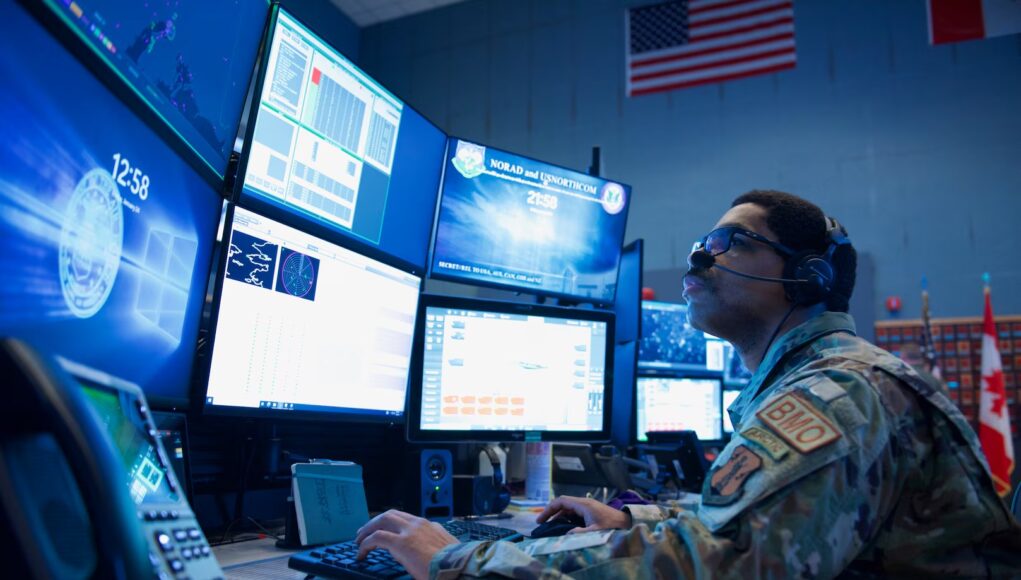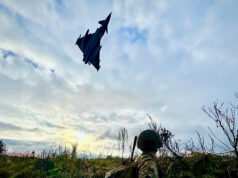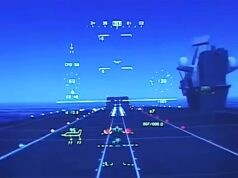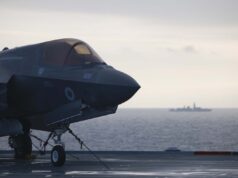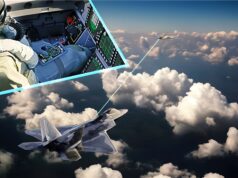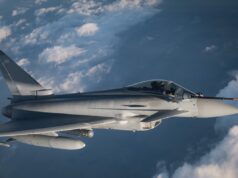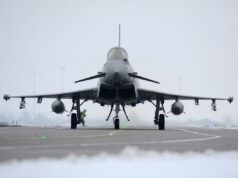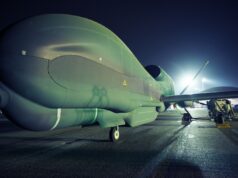The U.S. 176th Air Defense Squadron has declared its upgraded Battle Command Center at Joint Base Elmendorf-Richardson (JBER) in Alaska fully operational, following what officials describe as a significant modernisation effort aimed at improving U.S. and Canadian air defence coordination.
According to the Alaska National Guard, the upgraded facility features the third-generation AN/FYQ-156 Tactical Command and Control System, known as Battle Control System–Fixed (BCS-F). The system replaces legacy equipment with a more integrated and user-friendly interface designed to streamline operations and reduce the risk of human error.
The upgrade follows a $13.1 million “agile operations project”, funded through the National Guard Reserve Equipment Appropriation, with contributions from Air Combat Command, NORAD’s Continental U.S. Region, and the Naval Warfare Information Center Atlantic, which provided technical oversight.
Officials say the new setup allows operators to access all mission-critical systems through a single keyboard, video, and mouse interface—replacing the previous configuration where separate hardware was required for each system. This is intended to speed up responses to potential airspace threats and improve situational awareness.
Lt. Col. James Fowley, former commander of the squadron, described the changes as the first of their kind within Indo-Pacific Command, adding that the modernised setup had already been used to direct NORAD intercepts of both Russian Tu-95 and Chinese H-6 bombers near Alaska’s airspace.
The BCS-F was first introduced by NORAD in 2004 and began fielding in 2006, replacing the AN/FYQ-93, which had been in service since the early 1980s. The new configuration is said to enhance interoperability between legacy radar and surveillance systems and allow for simultaneous operation of multiple battle management teams if required.
Brig. Gen. David Moar, deputy commander of the Alaskan NORAD Region, said during a January ribbon-cutting ceremony that the improvements are necessary given the increasing demands on air defence units. “We owe you every single advantage we can possibly give you,” he said, referencing the growing strategic complexity facing the region.
The upgrades follow a series of high-profile airspace incidents, including a joint Russian-Chinese bomber patrol detected by NORAD in July 2024—the first of its kind near U.S. airspace. The new command centre is intended to support faster, more coordinated responses in similar scenarios.


